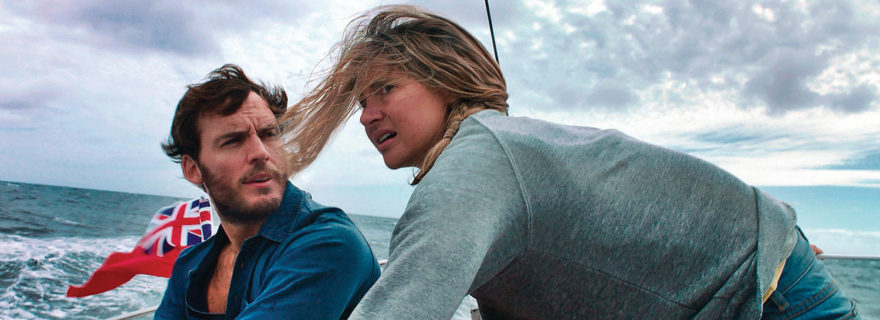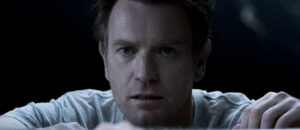'Adrift'
Movie Rating:
3
A couple of fundamental things work in favor of Baltasar Kormákur’s latest film, ‘Adrift’. First is our core connection to survival yarns, which are surely as old as human communication. Secondly is our connection to the ocean, a natural body whose power both frightens and entices, reaching past our simian impulses to speak directly to our deepest anxieties and desires.
In other words, throw a bunch of people on the water in jeopardy and you’re already ticking off a bunch of boxes that will work. It’s a cheap trick, usually, but if done with care you can occasionally get a masterpiece (‘Jaws’), and sometimes you get something that’s pretty decent. ‘Adrift’ is very much in the latter category, but not from lack of ambition.
Structured as both survival tale and the romance between two footloose travelers, the whole film rests on the connection between its two leads, Tami (Shailene Woodley) and Richard (Sam Claflin). The two performers are best known for their Young Adult roots (‘Divergent’ and ‘Hunger Games’, respectively), but both fully inhabit these roles. They have an ease of communication, and you could absolutely believe that they’d run off to a tropical island together in search of themselves, only to find in each other a deep, kindred spirit.
Kormákur (‘Contraband’, ‘2 Guns’) is no stranger to crafting thrilling moments on screen, but the opening, bravura sequence of ‘Adrift’ is among his most accomplished. It perfectly sets up the story’s stakes as well as situating us on the location that will serve for much of the film’s running time. From the opening seconds, we’re thrust into a maelstrom of action that’s immediately captivating. As things settle, the film cross-cuts back and forth in time, a technique that easily could have run off course but manages to elevate the piece into something special, using the times of warmth, affection and young love to contrast with the hell of floating in the mid ocean.
The storyline stripped bare is quite simple, but due to this clever structure, we get something a little more advanced. Admittedly, Kormákur could have been even more adventurous in terms of flashing back and forth, but the film still serves as a kind of general audience adventure story rather than a grand existential rumination. The fact that it peppers anything above the merely visceral is welcome, and one can’t be too critical about it trying to delicately balance all these narrative considerations.
Shooting on water is never an easy task, and the sense of real danger for the performers is very much captured on screen. While many shots are certainly augmented by CGI, for the most part there’s a feeling that the forces of nature being combatted are barely constrained. It’s in these moments that the characters really shine. A soaked Woodley looks believably lost and miserable while still fighting to survive. It’s usually not worth reveling in the suffering of artists for their art, but to the credit of the production, the misery translates well onto the screen and adds to the snese of verisimilitude.
The less you know about the actual events the better. Part of the effectiveness of the way the story is told comes from not quite knowing how it all works out. Even if the events are known to you, ‘Adrift has plenty to admire. The film adroitly navigates between romance and catastrophe, drawing audiences into a satisfying story of seafaring survival.



